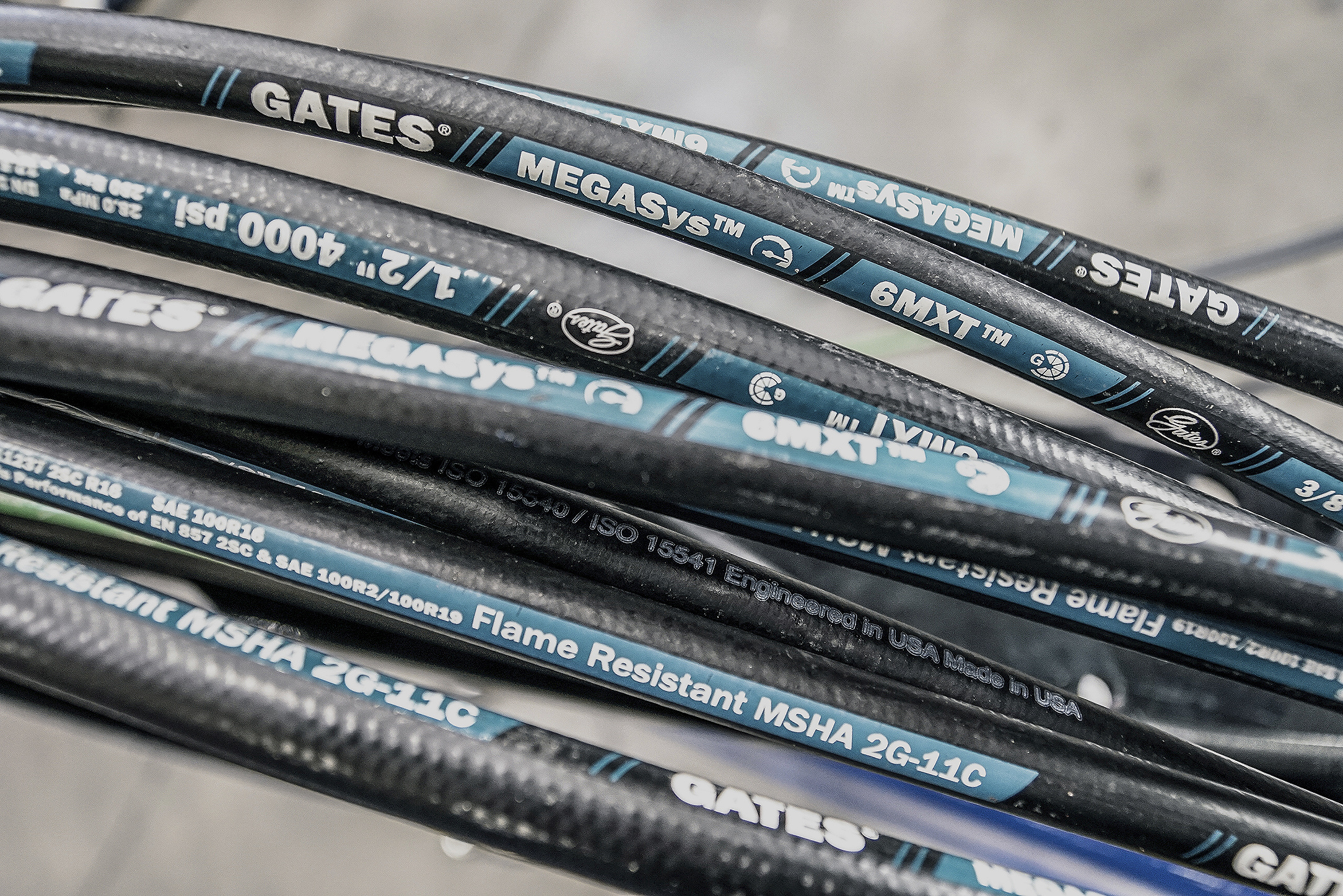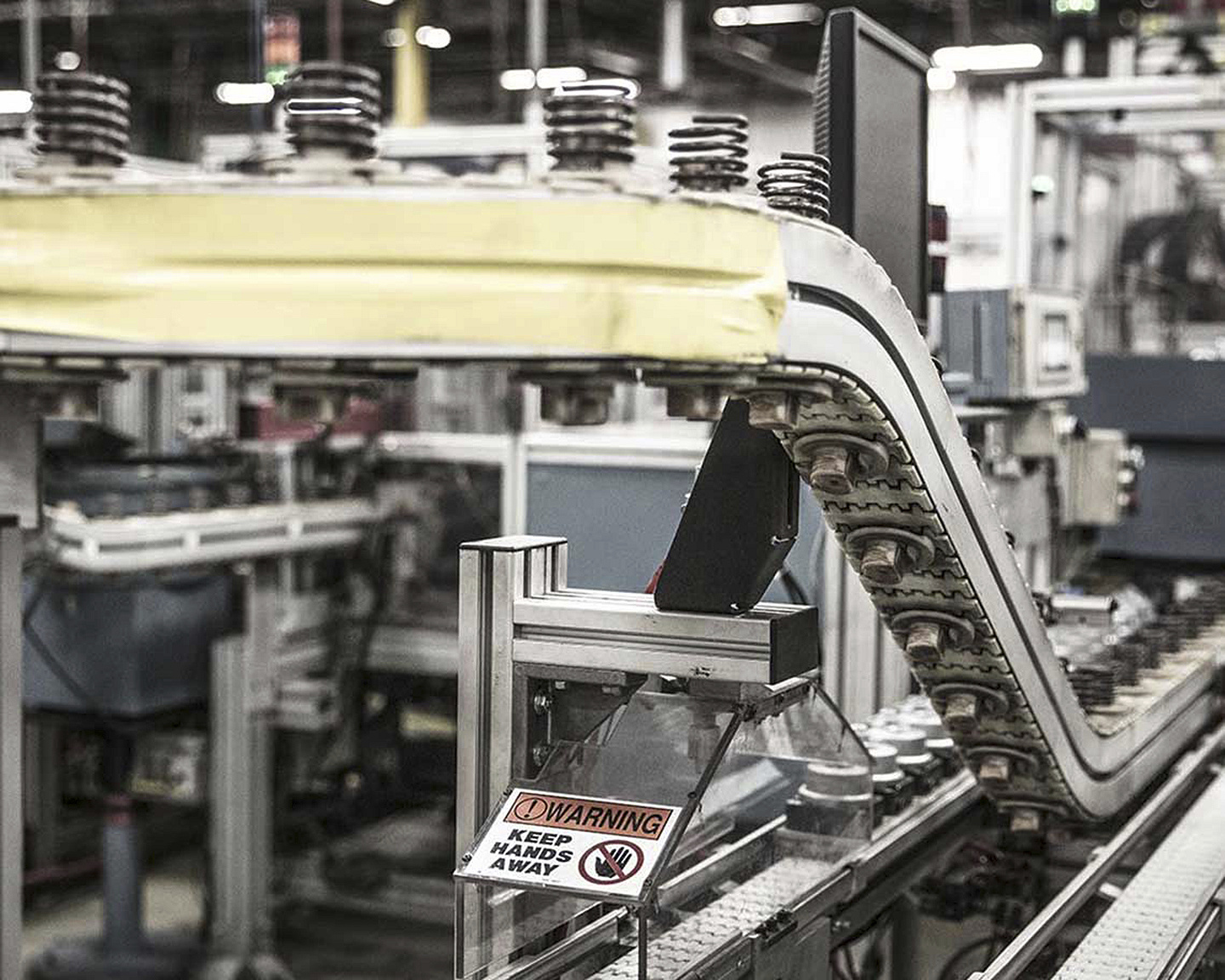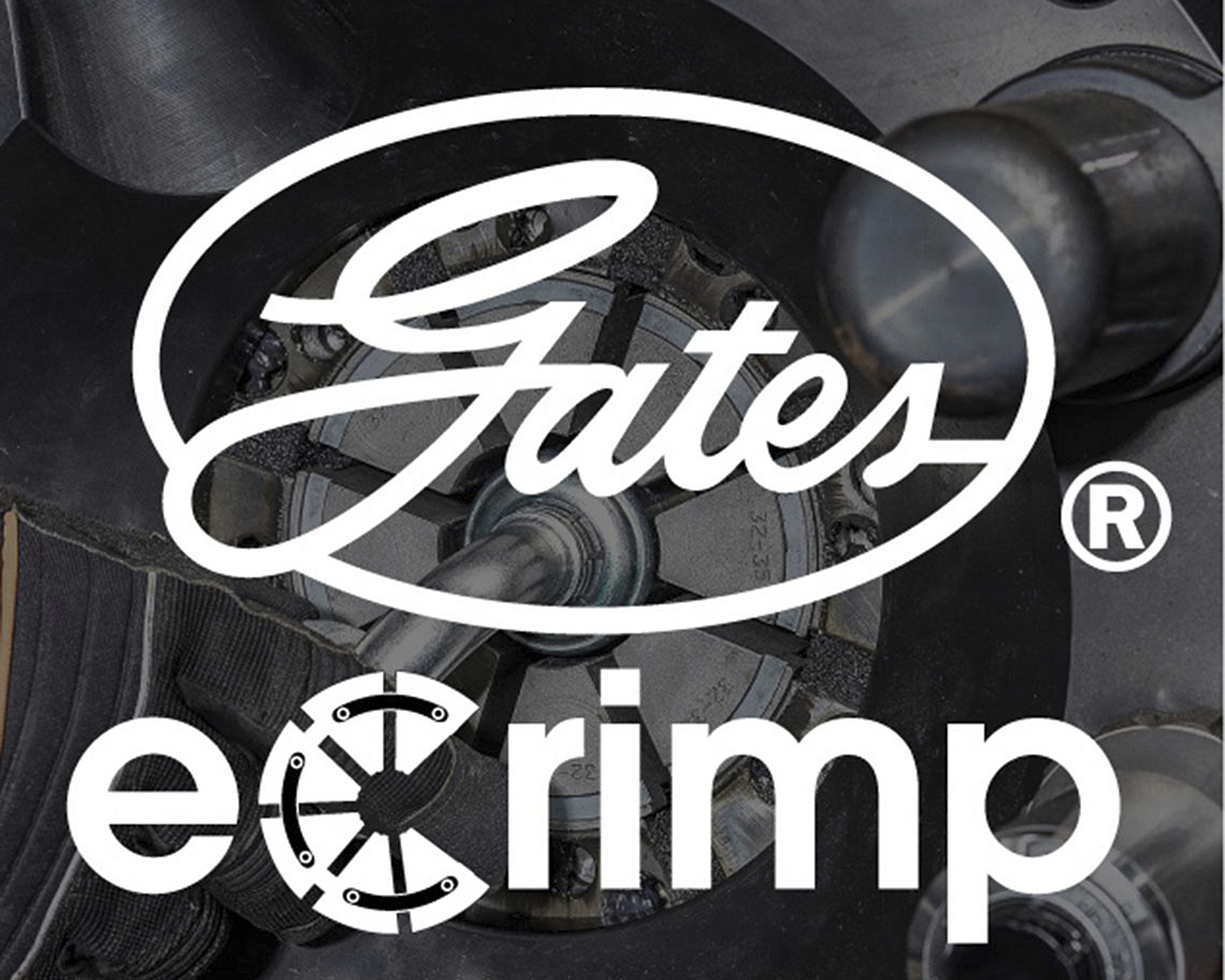Products By
-
Category
CategoryFluid Power
- Hydraulic Tubing and Tube Fittings Hydraulic Tubing and Tube Fittings
- Hydraulic Hose and Couplings Hydraulic Hose and Couplings
-
Hydraulic Hose and Couplings
- Air Brake / Compressed Air
- Spiral Wire Hose and Couplings
- PTFE Hydraulic Hose and Couplings
- Thermoplastic Hose and Couplings
- Wire Braid Hose and Couplings
- Textile Braid Hose and Couplings
- Live Swivels
- Hydraulic Adapters and Valves
- Brass Adapters
- Ball Valves
- Hydraulic Equipment and Crimpers
- Quick Disconnect Couplers
- Hydraulic Accessories
- Hydraulic Hose Assemblies
- Engine Hose Engine Hose
-
Engine Hose
- Air Conditioning Hose and Couplings
- Coolant Hose
- Coolant Tanks
- Fuel Line Hose
- Heater Control Valves
- Heater Hose
- Power Steering
- Hose Clamps and Couplings
- Cooling Fan Modules
- Turbocharger Oil Line
- SCR
- Vacuum Tubing
- Transmission Oil Cooler Hose
- Air Brake / Compressed Air
- Other Engine Hose
- Air Intake and Defroster Hose
- Air Vent Hose
- Emission Control Hose
- Fuel Fill Hose
- Turbocharger Hose
- Industrial Hose Industrial Hose
- Fluid Power Tools and Merchandisers Fluid Power Tools and Merchandisers
- High Pressure Oilfield Hose High Pressure Oilfield Hose
Other Products- Service Station and Shop Support Hose Service Station and Shop Support Hose
- Engine Hose (Air Intake/Emissions) Engine Hose (Air Intake/Emissions)
- Windshield Washer, Wiper and Vacuum Components Windshield Washer, Wiper and Vacuum Components
New ProductsNew Products from Gates
You can count on Gates to supply innovative new products that push the boundaries of materials science. We engineer our products to continually exceed expectations and outperform industry standards. We are constantly expanding our product catalog and services to support every facet of our customer's operations.
- Industries
- Services
- Knowledge Centre
- About Us




